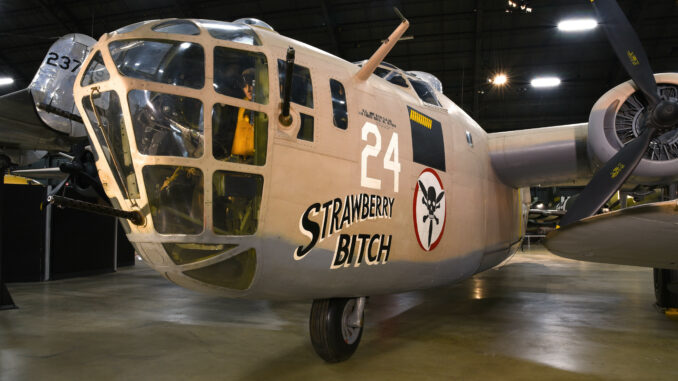
At the onset of World War II in the late 1930s, the US Army Air Corps was about to enter war and requested a long-range heavy bomber capable of bombing missions. The Consolidated Aircraft Corporation was approached to improve upon the existing B-17 Flying Fortress design but they opted for a completely fresh and modern approach. Thus, designing the the B-24, a bomber focused on range, payload capacity and survivability. The development of this four-engine heavy bomber was heavily inspired by the emerging strategic bombing policies which emphasized the use of airpower to target enemy industries and infrastructure.
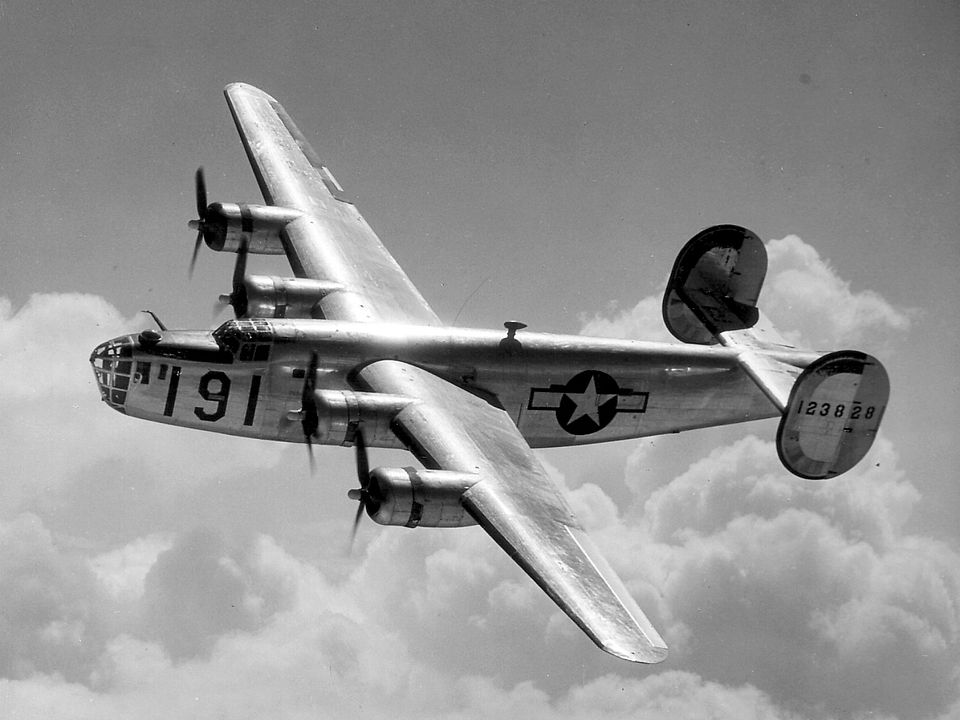
Consolidated B-24 Liberator: Technical Specifications
The manufacturing of the B-24 Liberator was a combined effort between the Consolidated Aircraft Corp and several production facilities located across San Deigo, California and Fort Worth. The manufacturers kept a design that met the needs of the war, thus balancing performance and cost. The B-24 bomber incorporated several innovative features, including a tail turret. It was powered by four Pratt & Whitney R-1830 radial engines and high aspect ratio Davis wing. These features combined together, especially the Davis wings, gave B-24 a high cruise speed, long range, and the ability to carry a heavy bomb load.
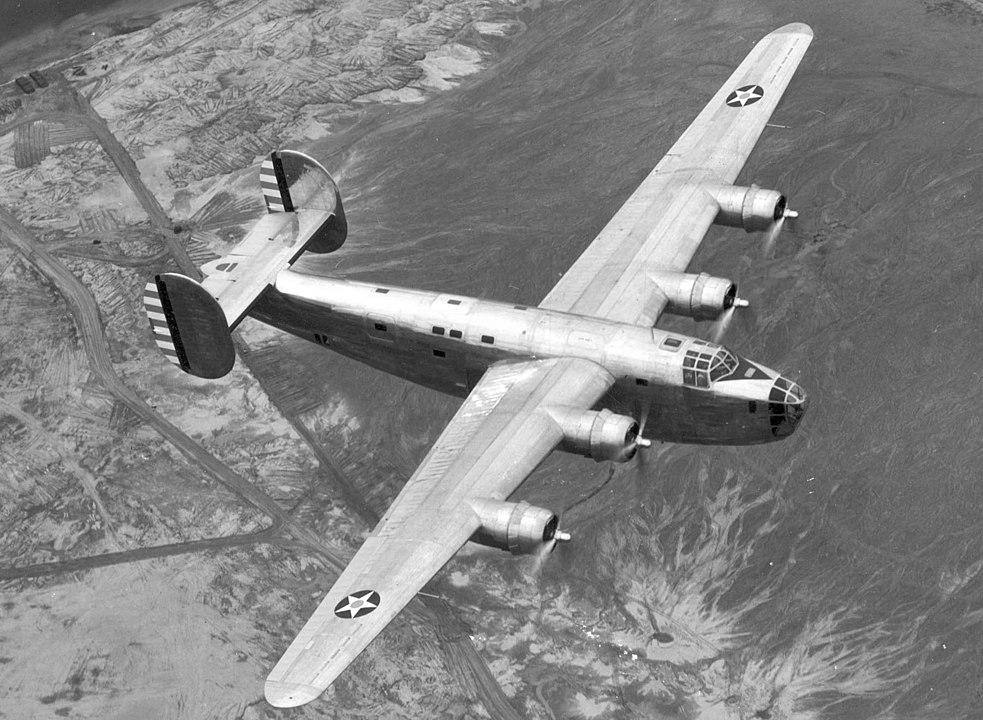
With these innovative features and under the guidance of expert designers like Major Fred C. Blesse, the first B-24 prototype was developed. The XB-24 took its first flight on July 22, 1938, from San Diego, California and with a successful outcome became one of the most widely produced aircraft of World War II. Not only were there more than 8,000 units built, but also the B-24 model was produced in several variants. These variants included the B-24D, B-24H, and B-24J, and each of these variants had their own unique features and capabilities. However, the B 24 faced several production challenges due to its complex design and the demands of wartime production. These challenges included supply chain issues, labor shortages, and quality control problems. Hence, to meet the high production demands, Consolidated Aircraft Corporation implemented several manufacturing innovations, such as the use of assembly line techniques and the development of specialized tooling.
General Specifications
| Type | Heavy Bomber |
| Manufacturer | Consolidated Aircraft |
| Engine | 4 × Pratt & Whitney R-1830-35 or -41 radial engines, 1,200 hp each |
| Weight | |
| Empty | 36, 500 lbs |
| Maximum Take-off | 55, 000 lbs |
Dimensions
| Wingspan | 33.5 meters |
| Length | 20.6 meters |
| Height | 5.5 meters |
Performance
| Maximum Speed | 290 mph |
| Cruising Speed | 215 mph |
| Service Ceiling | 28,000 ft |
| Range | 2,100 miles |
Top Consolidated B-24 Liberator Milestones
The B-24 Liberator played a critical role in strategic bombing campaigns during World War II, making significant contributions in both the European and Pacific theaters. In the Pacific, the bomber excelled in long-range bombing missions, anti-submarine warfare, and search-and-rescue operations. Its ability to cover vast distances made it indispensable for these missions. In Europe, the B-24 was deployed for both strategic bombing and tactical support, often flown in large formations to maximize damage. These bombing runs were heavily protected by fighter escorts to shield the aircraft from anti-aircraft fire. Additionally, the B-24 played a key role in disrupting enemy shipping routes, particularly against Japan. It laid aerial minefields in Japanese waters to hinder maritime operations. Beyond combat, the B-24’s versatility extended to transport missions, where it carried troops, supplies, and wounded personnel, further highlighting its importance across various military operations.
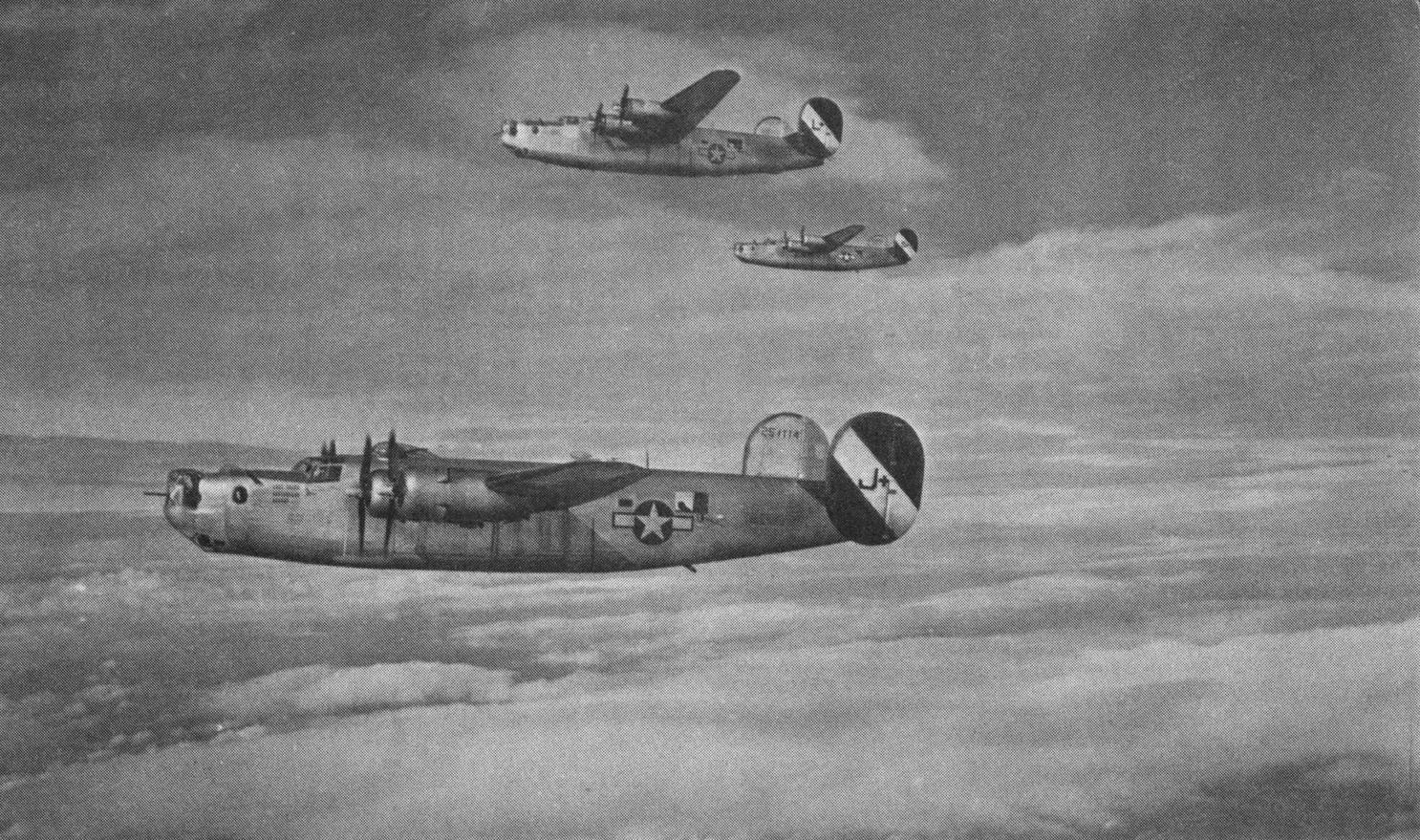
Unique Features
The B-24 bomber remained in service for over a decade despite its operational challenges that include a high accident rate, challenging handling, and vulnerability to anti-aircraft fire. This was made possible with its unique and advanced technical features which included its high aspect ratio Davis wing, a key innovation, giving the bomber exceptional cruise speed, extended range, and the capacity to carry heavy bomb loads. This made it ideal for long-range missions across vast distances, particularly in the Pacific. Another distinctive feature was its glass nose design, which provided the crew with excellent visibility, crucial for precise navigation and bombing accuracy. Finally, the B-24 employed stress-skin construction, a design that made the aircraft both lighter and stronger, enhancing its overall performance and durability in combat situations. These features combined to make the B-24 one of the most versatile and effective bombers of World War II.
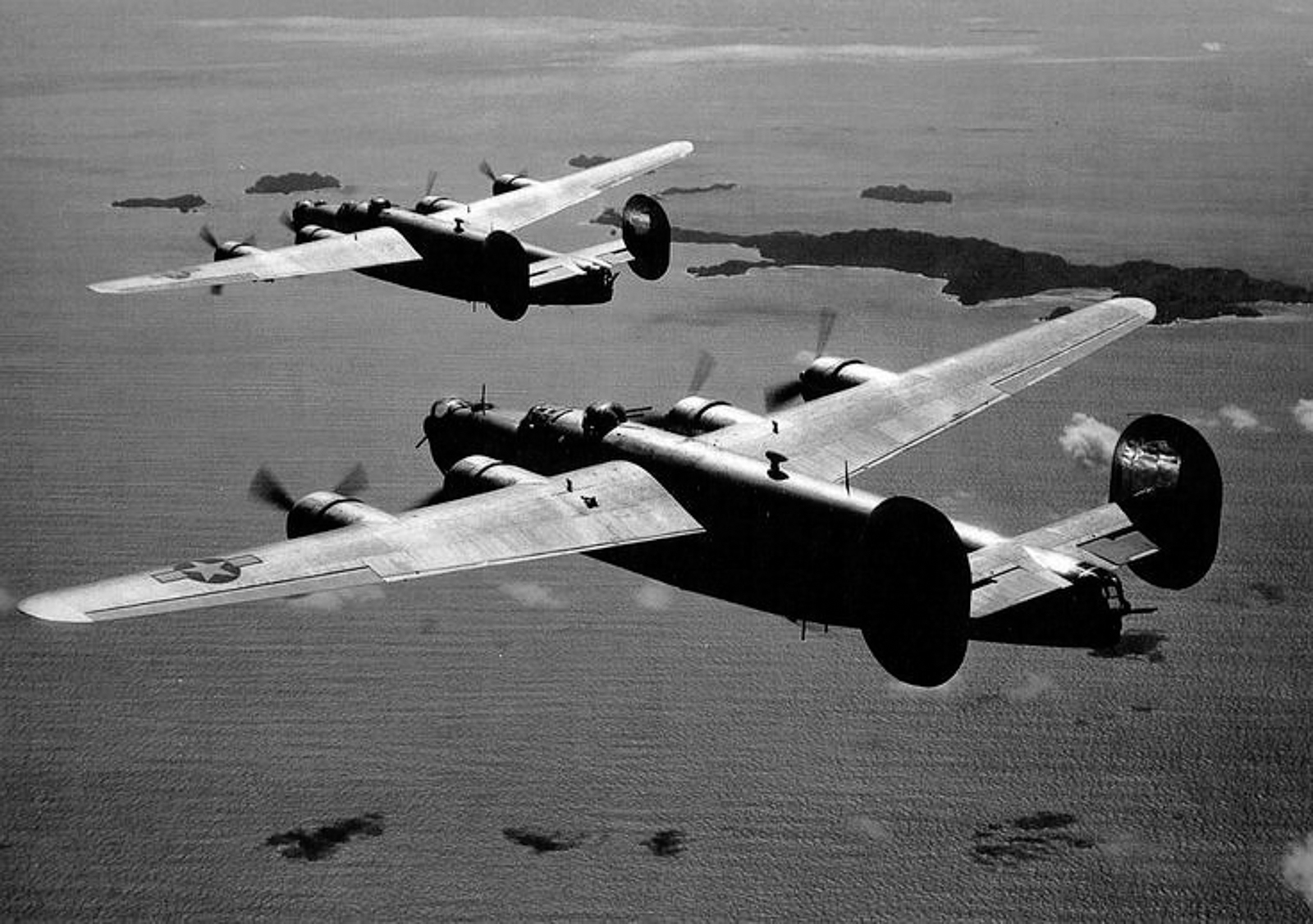
The “Flying Coffin”
The nickname, as fearsome as it sounds, is quite self-explanatory as the bomber earned the title due to its high accident rate. The bomber gained this reputation as a result of various setbacks observed over its operational period, including the hydraulically-powered controls, which made them stiff and less responsive, particularly during critical phases like takeoff and landing. This lack of maneuverability stood in contrast to the more responsive electric controls of the B-17, which offered better handling. In terms of design, the B-24 had a significant flaw: its wings were relatively fragile, and this structural weakness made the aircraft prone to damage, especially during landings. To counteract these issues and enhance safety, several measures were introduced. These included improvements to the aircraft’s design, new and more thorough training programs for pilots, and the introduction of escort fighters to protect the bombers during missions, reducing the risk of enemy attacks. The pilots needed to undergo extensive training to learn how to fly the aircraft safely because of its challenging controls and stall tendency. Additionally, the bomber required extensive maintenance and support, which was a challenge for the Army Air Corps.
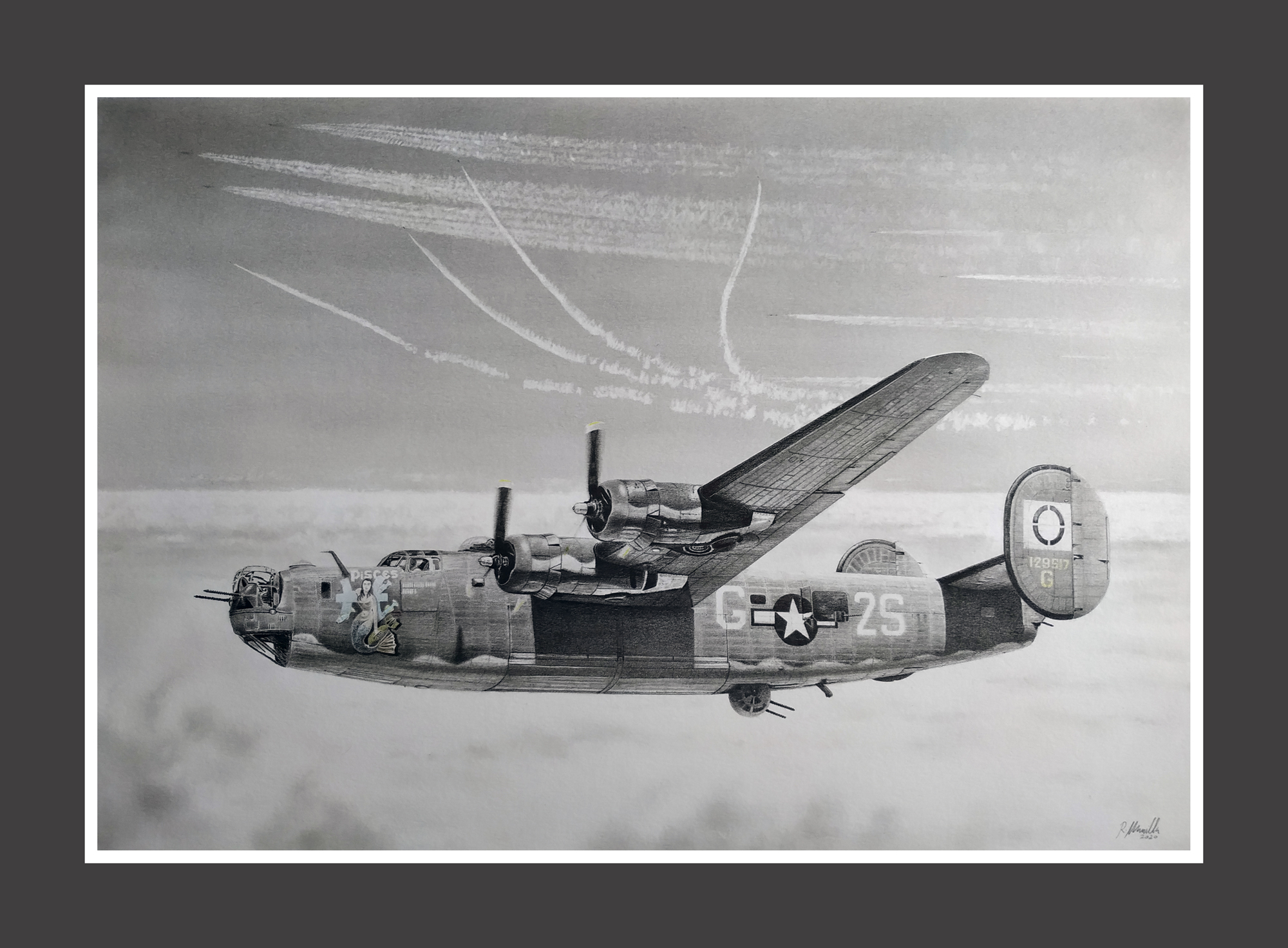
The Legacy
Despite it’s reputation as a difficult aircraft to fly, the B 24 with its long range and high payload capacity remained an invaluable asset to the military. The bomber played a crucial role in the Allied victory of the US in World War II. However, by the end of World War II, newer technologies like the Boeing B-29 Superfortress had surpassed the B-24, leading to its retirement after. By the late 1950s and early 1960s, the B-24 had officially ceased operation after a long and successful service. A small number of B-24s remained in service after World War II, primarily for military and civilian transport roles. Today, a small number of B-24s are preserved in museums around the world and two are airworthy with the CAF and Collings Foundation. It has also been featured in numerous books, movies, and video games, living its story with a huge cultural impact.
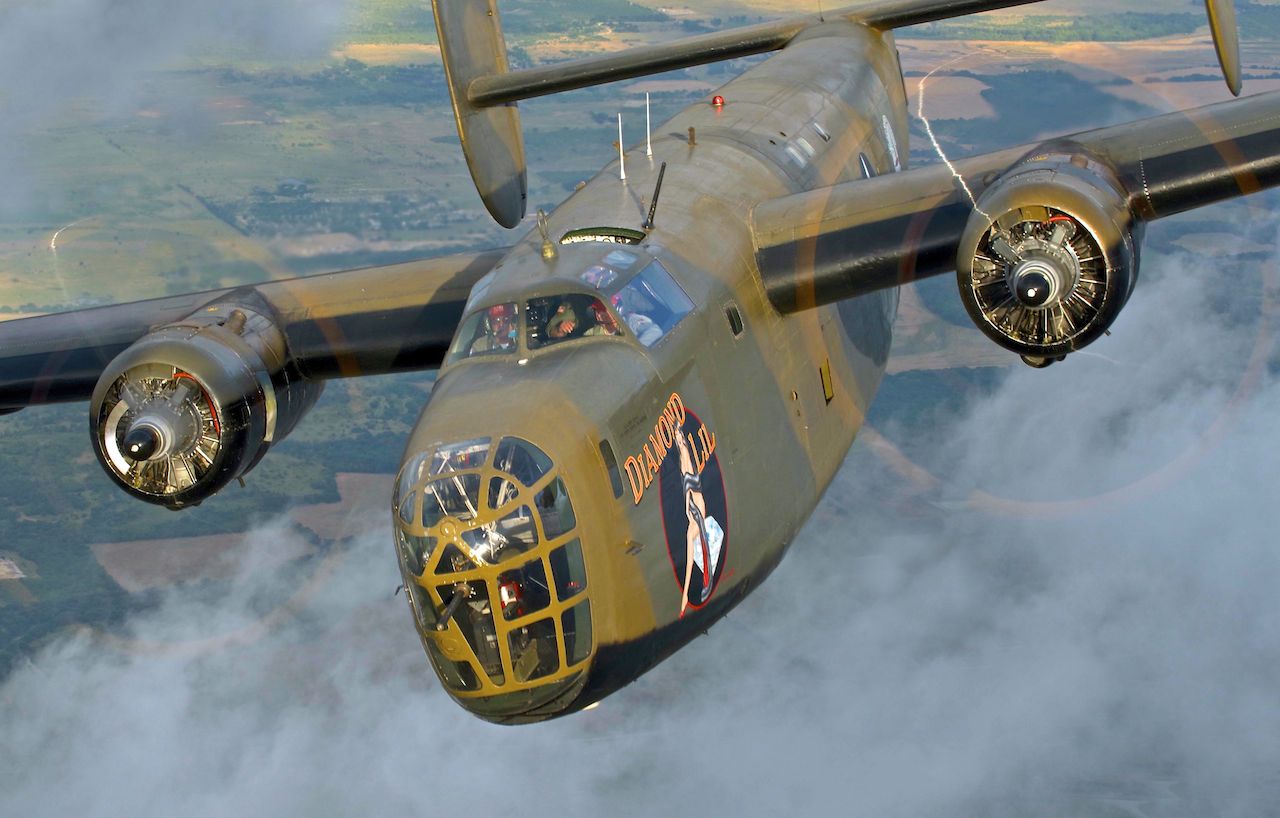
Related Articles
"Haritima Maurya, pen name, ""Another Stardust,"" has been passionate about writing since her school days and later began sharing her work online in 2019. She was drawn to writing because of her love for reading, being starstruck by the art of expression and how someone can make you see and feel things exclusive to their experience. She wanted to be able to do that herself and share her mind with world cause she believes while we co exist in this beautiful world least we can do is share our little worlds within.
As a commercial pilot, Haritima balances her passion for aviation with her love for storytelling. She believes that, much like flying, writing offers a perspective beyond the ordinary, offering a bridge between individual experiences and collective understanding.
Through her work, ""Another Stardust"" aims to capture the nuances of life, giving voice to moments that resonate universally. "


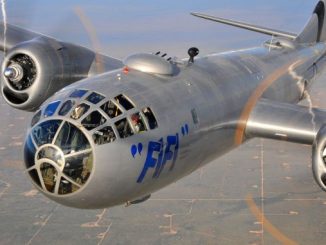
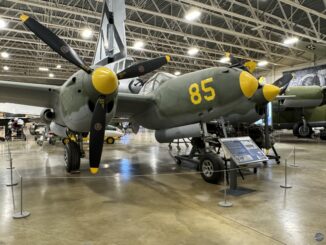
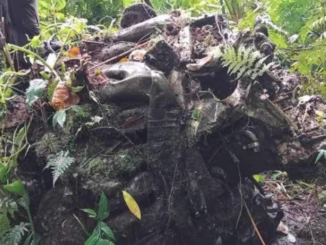
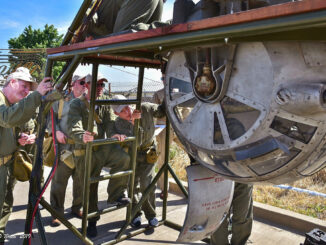


Be the first to comment
Graphic Design, Branding and Aviation Art